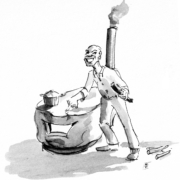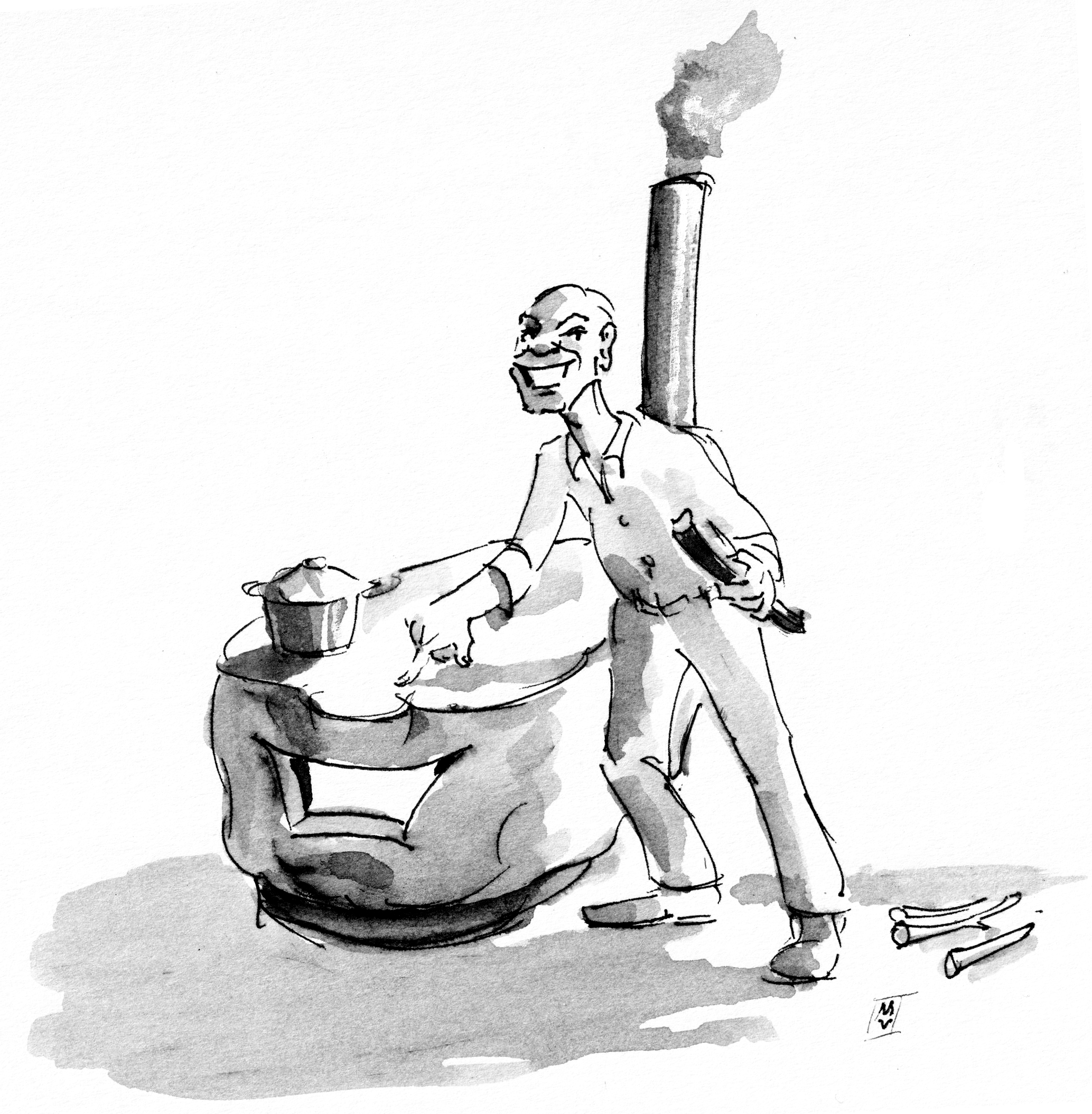Using Air Changes to Meet ISO PM2.5 Performance Targets
Almost 20 years ago, ARC was invited to a conference in Bonn, Germany to consider standards for cook stoves including emissions. In preparation, we met with Dr. Kirk Smith and his protégés at the University of California at Berkeley. We discussed the beneficial effect of increased air exchanges that decrease the concentrations of CO and PM2.5, helping a lot to reduce human exposure.
When the Air Change per Hour Rate (ACH) is doubled the concentrations of PM2.5 are cut in half, if the other variables stay constant.
It’s great that the air change rate is included in the ISO Voluntary Performance Targets! Stove project managers can measure the ACH where folks are cooking and use the information to get a better idea of what combustion efficiency is needed to protect health. Cooking outside or in kitchens helps a lot to reduce exposure to CO and PM2.5 as shown in the following chart:
ISO Tier 3 and 4 PM2.5 ISO Voluntary Performance Targets (with Air Change Rates)
| Tier | PM2.5 Emissions (milligram/ megajoule delivered) 21ACH ~inside | 42ACH ~half walls | 84ACH ~outside |
| 4 | ≤62 | ≤~124 | ≤~248 |
| 3 | ≤218 | ≤~436 | ≤~872 |


 Maurice Van
Maurice Van







